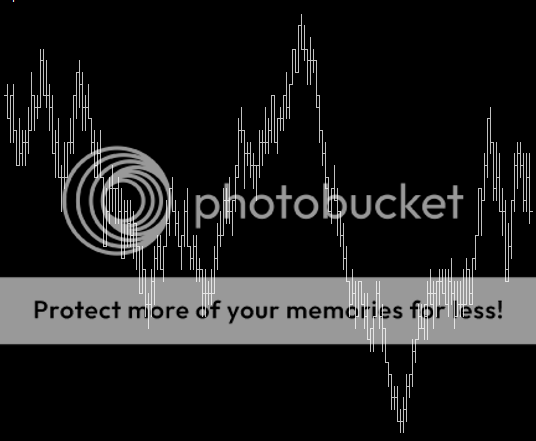barjon
Legendary member
- Messages
- 10,752
- Likes
- 1,863
I find it quite interesting that most amateurs I know tend towards looking for turning points (maybe in the buy low, sell high camp) whereas the few professionals I know tend towards looking for momentum and going with the flow (maybe in the buy high, sell higher camp).
Whether or not my experience is truly reflective of a professional vs amateur difference I don't know - I wish I did
jon
Whether or not my experience is truly reflective of a professional vs amateur difference I don't know - I wish I did
jon


